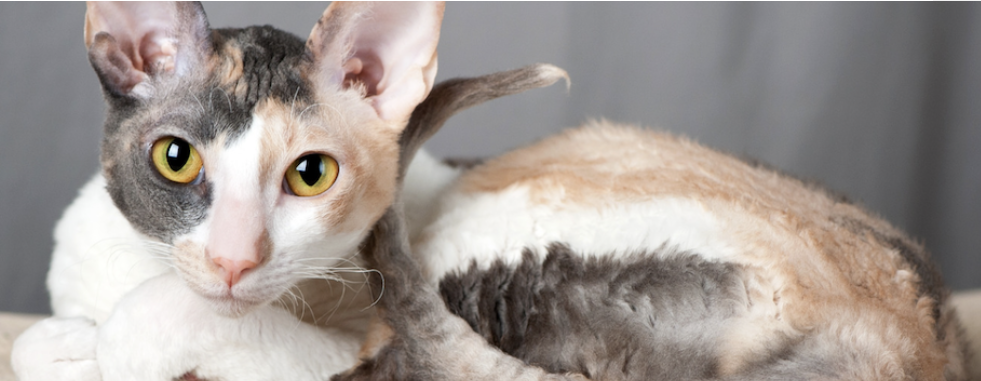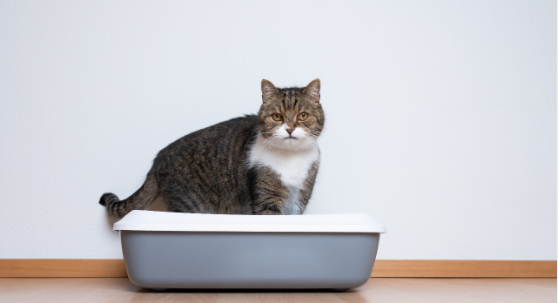5 Low-Shedding Cat Breeds
An Introduction to Low-Shedding Cat Breeds
Cats make for wonderful pets. They are cute, cuddly, and independent. But as much as we love our feline friends, one of the biggest challenges that cat owners face is dealing with their shedding.
Cat hair all over your house can be stressful and embarrassing, especially if you have guests coming over. Shedding is a natural part of a cat’s life cycle.
All cats shed fur, which helps them maintain an appropriate body temperature and get rid of dead hair. However, excessive shedding can become problematic for pet owners.
It can cause allergies in some individuals, create a mess in the house or even lead to health problems such as hairballs. This article will discuss low-shedding cat breeds that can be considered suitable companions for those who want to enjoy the company of cats without worrying too much about dealing with excessive hair loss.
Finding a low-shedding breed of cats is essential for people who are looking to mitigate these issues or just don’t want to deal with constantly cleaning up after their furry friend. In this article, we will go through the top five low-shedding breeds of cats and what makes them a perfect fit for people looking to bring home a feline companion that doesn’t require constant grooming or shedding management.
Top 5 Low-Shedding Cat Breeds
Sphynx
The Sphynx, also known as the hairless cat, is a unique and sought-after breed that is known for their lack of shedding. While they may appear to be completely bald, these cats are actually covered in a fine layer of downy fur that gives them a soft and velvety feel.
Their lack of fur means they have minimal grooming requirements, but it’s important to keep their skin clean and moisturized to prevent irritation or infection. Sphynx cats are also social creatures who crave attention and love spending time with their owners.
Due to their lack of fur, Sphynx cats are more prone to certain health issues such as sunburn, skin damage, and skin infections. They also require regular ear cleaning as they do not have fur around their ears to protect them from dirt and debris.
Russian Blue
The Russian Blue is another low-shedding breed that has an unmistakable appearance with their short blue-grey coat and bright green eyes. They are intelligent and playful cats who enjoy being around people but can be timid around strangers. Unlike the Sphynx, the Russian Blue does require regular grooming to maintain their coat’s health and shine.
While this breed is generally healthy, they may be prone to certain health issues such as heart disease and bladder stones. It’s important to monitor your Russian Blue’s diet closely and provide them with regular vet checkups.
Bengal
The Bengal cat is a beautiful breed that has unique markings reminiscent of wild cats such as leopards or tigers. They are active cats who love playing games like fetch or chase with their owners. They have a short coat that requires minimal grooming but should still be brushed regularly.
Bengal cats may be prone to certain health issues like heart disease and skin allergies. It’s important to provide them with a healthy diet and regular exercise to keep them in good health.
Devon Rex
The Devon Rex is a playful and affectionate breed that has a unique curly coat. They are active cats who love playing games and cuddling with their owners.
Their curly coat requires minimal grooming but should be brushed regularly. This breed may be prone to certain health issues like dental problems, so it’s important to provide them with regular dental cleanings and monitor their oral health closely.
Cornish Rex
The Cornish Rex is another curly coated breed that has minimal shedding. They are intelligent cats who enjoy playing games, exploring new things, and spending time with their owners. Their curly coat requires minimal grooming but should be brushed regularly.
Cornish Rex cats may be prone to certain health issues such as heart disease and urinary tract infections. It’s important to provide them with regular vet checkups and monitor their diet carefully.
Overall, these five low-shedding cat breeds all have unique personalities, appearances, grooming requirements, and potential health concerns. Choosing the right cat for you will depend on your lifestyle, preferences, and ability to care for the specific needs of each breed.
The Secret to Reducing Shedding in Cats: Dietary Changes
Feeding your cat the right food is an essential component of minimizing shedding. The rule of thumb is to invest in high-quality, protein-rich food that will help your cat maintain a healthy coat. Look for foods that contain Omega-3 and Omega-6 fatty acids, which provide important nutrients for hair growth and nourishment.
If you’re unsure about what kind of food will work best for your feline friend, consult with a veterinarian. They can recommend brands that suit your cat’s specific requirements.
In addition to providing healthy meals, make sure your furry buddy always has access to clean water. Hydration plays a crucial role in maintaining healthy skin and fur.
Grooming Techniques That Minimize Shedding
Cat owners often underestimate the power of regular grooming when it comes to controlling shedding. Grooming helps remove dead hair before it falls off naturally around the house, reducing the amount of shedding substantially. Brushing is the most effective technique for keeping shed hair at bay.
Short-haired cats require brushing once or twice a week, while long-haired cats benefit from daily brushing. Make sure you use a brush suitable for the type of fur your cat has so as not to irritate their skin.
Baths also help minimize shedding by removing dirt and loose fur from your pet’s coat. However, it’s important not to bathe cats too frequently as overwashing can lead to dry skin that exacerbates shedding instead of preventing it.
Environmental Factors That Affect Shedding
Understanding how environmental factors affect shedding can also help reduce hair loss in cats. For example, seasonal changes can cause changes in hormones leading to excessive shedding or even behavioral changes like stress or anxiety that could trigger excessive grooming behavior resulting in more shed hair around the house. Also, consider investing in air filters if you live in a dusty environment or removing any allergens like cigarette smoke or scented candles that could irritate your cat’s skin, causing them to shed more.
Ensure your cat has adequate space to move around and play as exercise stimulates healthy hair growth. If you’re tired of dealing with excessive shedding from your furry friend, don’t despair.
By feeding them high-quality food, grooming them regularly, and taking environmental factors into account, you can significantly reduce shedding in cats. Remember that reducing shedding is an ongoing process that requires consistent effort, but the rewards are worth it – a happy cat and a clean home.
Conclusion
Choosing a cat that sheds less can greatly improve the living conditions for both you and your feline friend. The top five low-shedding cat breeds, including the Sphynx, Russian Blue, Bengal, Devon Rex, and Cornish Rex, all have unique characteristics that make them great pets for pet owners who want to minimize shedding.
These cats require different grooming techniques and may have varying health concerns to consider as well. It’s important to remember that reducing shedding in cats requires regular grooming techniques and environmental changes.
Additionally, dietary changes can also help minimize shedding in some cats. Ultimately, choosing a cat breed that sheds less can make life much easier for pet owners who suffer from allergies or those who simply don’t want to deal with excessive amounts of fur around their home.
Summary of the Top 5 Low-Shedding Cat Breeds
The Sphynx has no hair and is known for being affectionate and highly intelligent. They require regular bathing since they do not have fur to absorb oils from their skin.
The Russian Blue has short hair that sheds less than other breeds. These cats are known for being shy but highly intelligent.
The Bengal has short hair and is highly active which means they need frequent exercise. They are also highly intelligent cats.
The Devon Rex has curly hair which means they shed less than straight-haired breeds. They are playful and affectionate pets.
The Cornish Rex also has curly hair which means they shed less than other breeds with straight hair. They are highly active cats that love playing with their owners.
Importance of Choosing a Low-Shedding Cat Breed
Choosing a low-shedding cat breed can be very important if you or someone in your household suffers from allergies or asthma triggered by pet dander or fur. It can also be beneficial if you don’t want to deal with excessive amounts of fur around your home or if you don’t have the time to clean up constantly. Additionally, certain breeds that shed less may require less grooming which can be easier for pet owners who don’t have a lot of time to devote to grooming.
Final Thoughts on Reducing Shedding in Cats
Reducing shedding in cats requires regular grooming techniques, environmental changes, and dietary changes. Choosing a low-shedding cat breed can be very helpful in minimizing shedding but it’s important to remember that all cats shed at least a little bit.
Pet owners should also keep in mind that while reducing shedding is important for the comfort of both the owner and the cat, it’s not the only factor to consider when choosing a pet. Ultimately, finding a low-shedding cat breed can greatly improve quality of life for both you and your feline friend.




